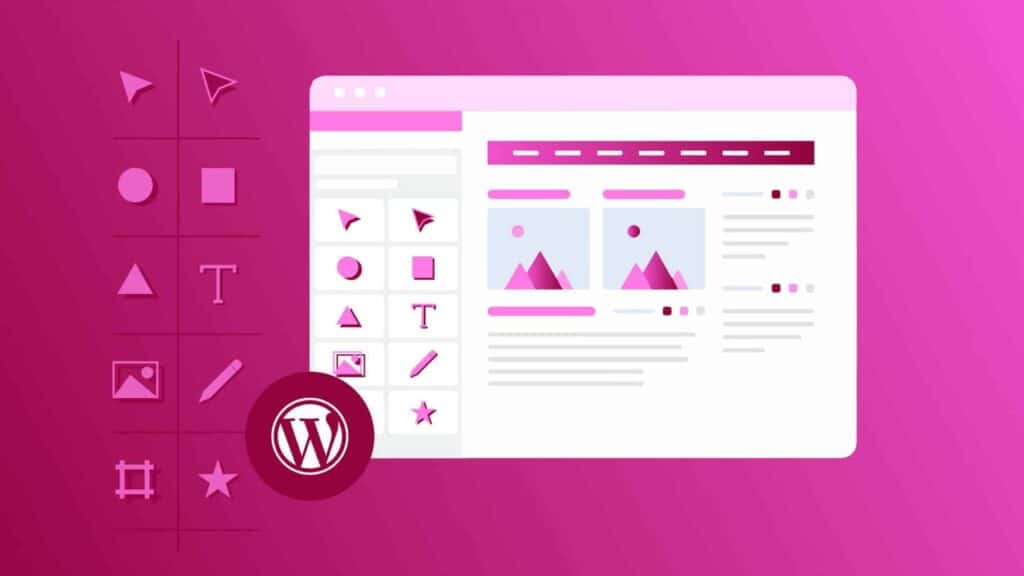Whether you are a personal blogger or a small business owner, you need a website. It gives your company an online presence, connects you with a larger audience and helps you promote your products or service.
Websites have become so common that people, on many occasions, seem to forget why they are using them. Like other popular things, many myths are also circulating around the use of websites.
Some of these myths are so prevalent that it looks almost as solid as fact. We’ll debunk those misconceptions and show what’s really the case in this myth-busting article.

Myth No-1: Having a Website Online Automatically Attracts Visitors
Many people think that getting their website online is everything they need to do to attract their audience. They think they will start to see the traffic very soon. Their expectation is, however, far from reality. Attracting visitors and getting leads needs a lot of work than getting your website.
When we search for something online, the search engine shows us a list of results. Each of these results is actually a website.
So, you need to produce specific types of website content if you want to be in search engine search result. If search engines don’t include your website, your chance of getting visitors is zero.
Myth No-2: Website is Only for Online Business
Many people think that website is only necessary if they have an online business. Website is only useful for selling products or services. For other types of small businesses, websites are not that important.
However, this is not true at all. Online presence is crucial for any type of business. It helps businesses to increase their brand value. People will trust you more if you have an online presence.
Myth No- 3: A Good Looking Website Means a Good Website
Design is very crucial for a website. When we visit a website, we always want the website to look good and simple. The navigation and loading speed is also vital.
A well-designed website is essential to attract an audience, and it’s obviously one of the most necessary aspects of a website. However, it’s not everything. Website contents, quality of products, customer services are also essential.
A good-looking website is not necessarily a good website if it fails to provide the necessary customer service.
Myth No-4: The Work is Done Once Your Website is Up
People often think that once they set their website online, their work is done. But, in reality, their work is far from done. To be honest, getting a website online is the easiest part compared to what you have to do later to bring visitors to your website.
You have to invest a considerable amount of time and money to make a solid digital presence. To attract visitors, you have to optimize your website content for search engines (SEO), put paid ads on Google and advertise your website on different social media platforms.
Myth No-5: Creating a Website is too Expensive
Many people don’t want to get a website for their business because they think it can be very costly. They think it’s a long process. As they are not providing any online service or products, building a website is really that important.
Website building can indeed be costly, but it’s not always the case. If you have a very big company and need lots of features and content, your website may cost a lot of money.
However, most websites don’t need heavy features and content. You don’t have to hire a professional web designer to design a simple website. The availability of website-building platforms like WordPress and professionally designed templates (found on sites like Themeforest) allows you to build your website in one day without coding knowledge.

Myth No-6: The More Features You Have, the Better
The common misconception about websites is that if it has more features, it is a good website. It’s not actually true. Too many features could make your website complicated to navigate. Adding features without knowing their value makes the website really unattractive.
A website with too many features can take away from the site’s primary purpose, so it’s best to leave out anything that doesn’t provide value to the audience.
Myths are something that looks like a fact, but they are not. They create misconceptions and confusion among people. Some myths are so strong that it becomes tough to convince people that it’s not true.




